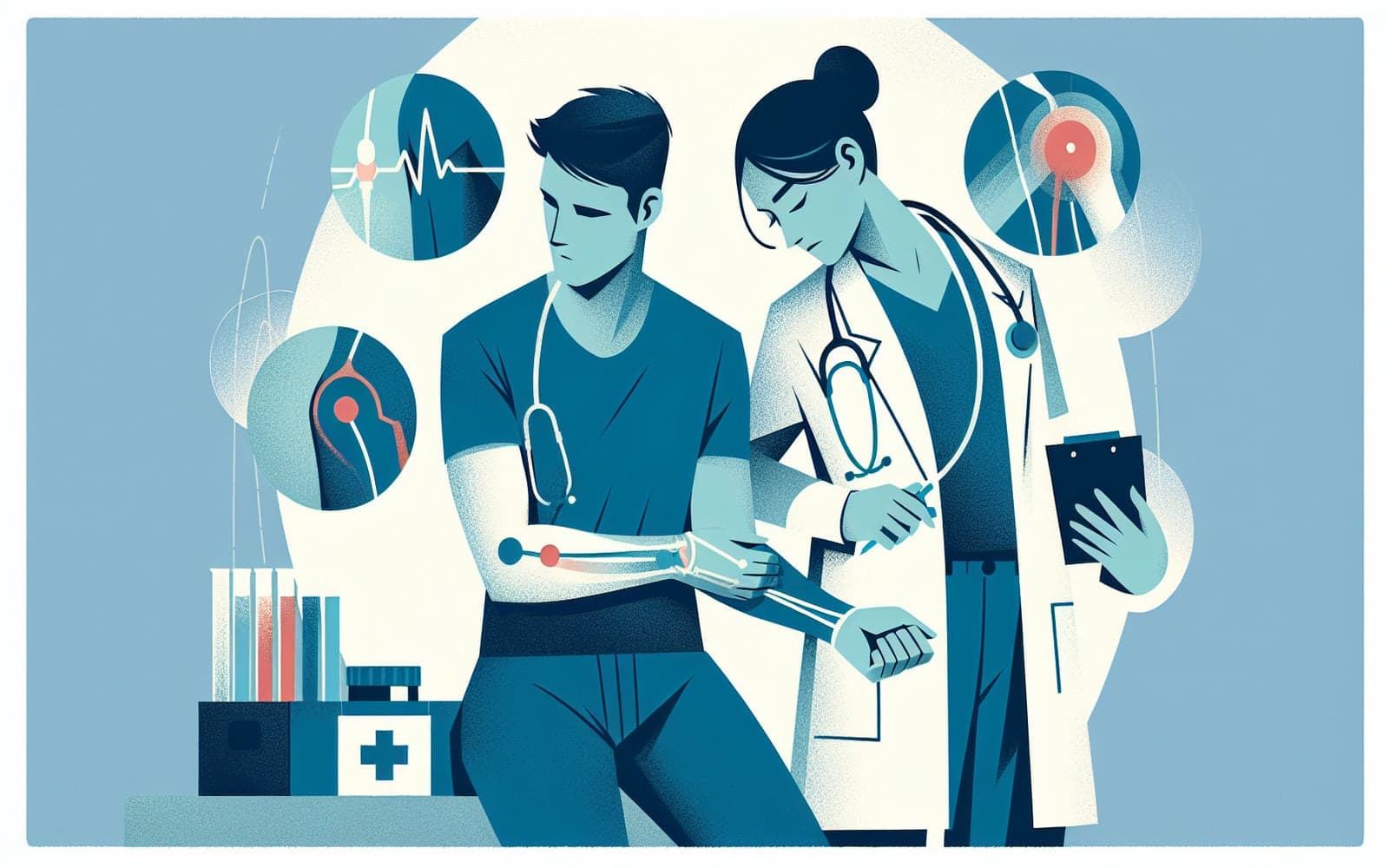Diagnosing Elbow Pain: What Tests Are Best?
Published: Jul 13, 2024
Elbow pain can be a mystery, but the right tests can provide answers. Learn about key diagnostic tools for understanding your elbow issues.
Contents
Clinical Examination
The first step in diagnosing elbow tendinopathy is a thorough clinical examination. This involves checking for tenderness over the epicondyles and testing pain responses during wrist movements. These tests help determine whether the pain is due to tennis or golfer's elbow.
Using Ultrasound for Diagnosis
Ultrasound is a non-invasive tool that provides a detailed look at the tendons. It can reveal thickening, tears, or increased blood flow, which are indicative of tendinopathy. Ultrasound is often preferred by patients because it is quick and does not require exposure to radiation.

When to Consider MRI
MRI may be used for persistent elbow pain that does not respond to initial treatments. It provides a comprehensive view of the tendons and surrounding structures. An MRI can help determine the need for surgical intervention if conservative treatments fail.
Frequently Asked Questions
A clinical examination is usually the first step.
Yes, it is effective for viewing tendon issues.
An MRI is considered for persistent pain not responding to treatment.
No, ultrasound is radiation-free.
Key Takeaways
Accurate diagnosis of elbow pain is crucial for effective treatment and recovery.
Want to know more about these diagnostic tools? Chat with Doctronic for personalized advice!Related Articles
References
Levin D, Nazarian LN, Miller TT, et al. Lateral epicondylitis of the elbow: US findings. Radiology 2005; 237:230.
Aoki M, Wada T, Isogai S, et al. Magnetic resonance imaging findings of refractory tennis elbows and their relationship to surgical treatment. J Shoulder Elbow Surg 2005; 14:172.
Always discuss health information with your healthcare provider.

